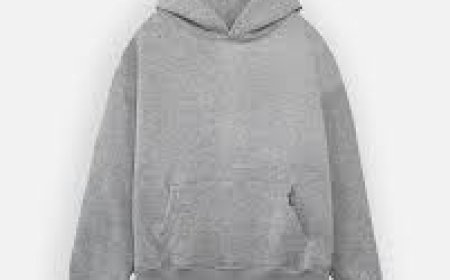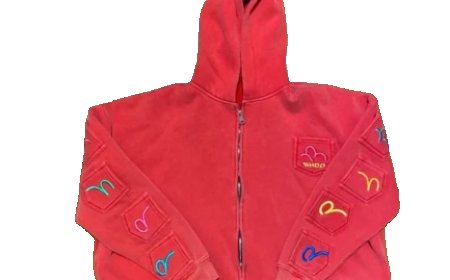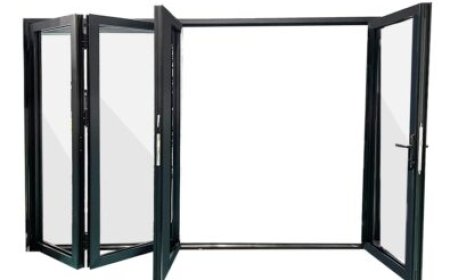From Tradition to Tech: How Bridal Fashion Is Evolving Globally
Discover how AI tools, e-commerce platforms, and cultural fusion are modernizing the bridal wear market and transforming how brides shop.

Global Bridal Wear Market to Surpass USD 96.5 Billion by 2030 Amid E-Commerce Boom, Cultural Fusion Trends, and Tech-Driven Personalisation
June 30, 2025 | Deep Market Insights
The global bridal wear market, valued at USD 69.2 billion in 2024, is projected to reach USD 96.5 billion by 2030, growing at a CAGR of 5.7% from 2025 to 2030, according to a new industry report by Deep Market Insights.
Fueled by rising disposable incomes, the resurgence of weddings post-pandemic, and increasing digitization of shopping experiences, the bridal wear market continues to evolve at pace. A dynamic interplay between heritage traditions and modern bridal preferenceslike minimalist fashion, rental platforms, and AI personalizationhas ushered in a new era of accessible, culturally inclusive, and sustainable wedding fashion.
Key Highlights
Market Size: USD 69.2 billion (2024) ? USD 96.5 billion (2030)
CAGR: 5.7% from 2025 to 2030
Top Product Segment: Gowns & Dresses lead with 52.1% market share in 2024
Top Distribution Channel: Offline retail dominates with 68.9%, driven by boutique fittings and premium in-store experiences
Top Regional Market: Asia-Pacific at USD 22.9 billion (2024), boosted by elaborate customs and rapid urbanization
Market Dynamics
Growth Drivers
Cultural Fusion & Hybrid Styles: Designers like Anita Dongre and Rahul Mishra are blending Eastern embroidery with Western cuts, catering to multicultural weddings and globally mobile consumers.
Minimalist & Modern Brides: Influenced by celebrities and social media, modern brides are embracing clean silhouettes, solid tones, and practical styles. Jenny Yoo and Reformation report high demand for minimalist bridal collections.
E-commerce & Digital Innovation: Virtual try-ons, AI styling tools, and 3D dress customizers are transforming bridal shopping. Brands like Azazie and Davids Bridal are leading the way with home try-on kits and mobile design tools.
Market Restraints
High Cost of Premium Gowns: Designer bridal gowns, often exceeding USD 5,000, remain inaccessible to middle-income consumers, particularly in price-sensitive regions like Southeast Asia and Latin America.
Environmental & Ethical Concerns: With growing awareness of textile waste and carbon emissions, consumers are increasingly turning to sustainable options like pre-owned gowns or rentals.
Emerging Opportunities
Rental & Resale Platforms: Services like My Wardrobe HQ, Poshmark Bridal, and Borrowing Magnolia are revolutionizing affordability and sustainability in wedding fashion.
AI-Powered Personalisation: Etsys AI bridal boutique and Zozotowns AR smart measurement suit showcase the future of scalable, inclusive bridalwearespecially valuable in underserved markets.
Regional Analysis
North America
Market Size: USD 18.3 billion (2024)
Tech-savvy and high-spending brides favor custom fittings and virtual design tools. The U.S. remains a hub for bridal tech startups and luxury brands like Vera Wang and BHLDN.
Europe
Market Size: USD 16.7 billion (2024)
Heritage designers and sustainability-conscious consumers fuel demand. Countries like France, Italy, and the UK lead with bespoke, minimalist, and hybrid bridal trends.
Asia-Pacific
Market Size: USD 22.9 billion (2024)
The largest and fastest-growing market. Multi-day weddings, traditional couture, and digital retail convergence drive explosive demand in India, China, and Southeast Asia.
Latin America
Market Size: USD 6.1 billion (2024)
Urban growth, hybrid ceremonies, and rising middle-class spending shape a dynamic and fashion-forward bridal landscape in Brazil, Mexico, and Colombia.
Middle East & Africa
Market Size: USD 5.2 billion (2024)
A blend of opulence and tradition drives demand. Markets like the UAE and Saudi Arabia are emerging bridal destinations, with growing interest in both modest and modern designs.
Company Market Share & Leadership
The global bridal wear market is fragmented, led by couture houses, digital-first disruptors, and regional favorites.
-
Pronovias Group: Expanding globally with its "Second Life" circular fashion initiative
-
Davids Bridal: Embracing AI-driven customisation through its Dream It, Design It platform
-
Jenny Yoo, Monique Lhuillier, Maggie Sottero, and Justin Alexander: Catering to luxury and modern minimalist segments
-
Sabyasachi and Manish Malhotra (India): Leading in traditional and luxury fusion bridal markets
-
Rental Leaders: Rent the Runway, My Wardrobe HQ, and Borrowing Magnolia dominating the pre-loved bridalwear niche
Recent Developments
-
March 2025: Davids Bridal unveils 3D design tool for personalized virtual gown creation
-
January 2025: Pronovias expands its eco-conscious Second Life initiative to 25 countries
-
April 2025: Anita Dongre launches Vaana collection blending Indian art with Western bridal cuts
https://deepmarketinsights.com/report/bridal-wear-market-research-report








































